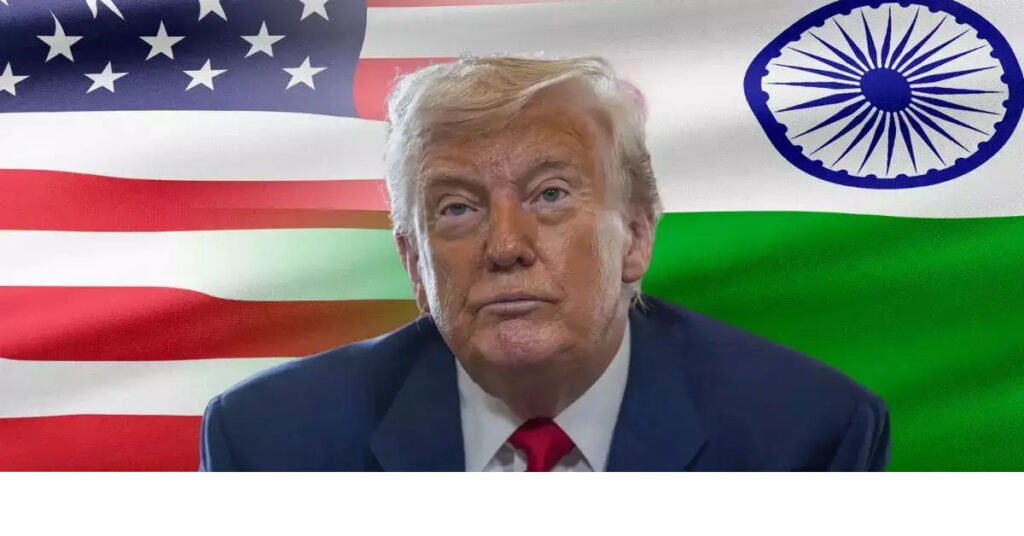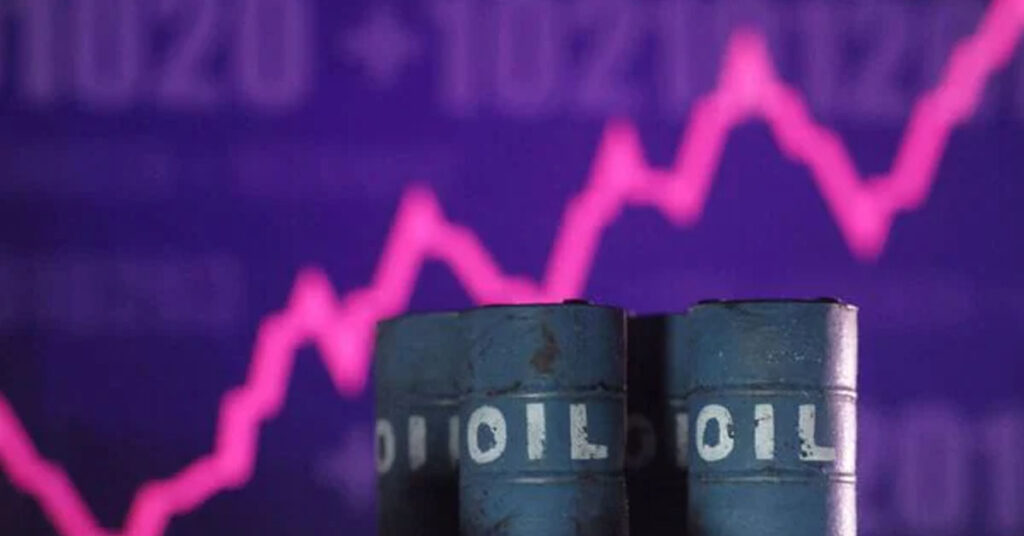Risk of Higher Fuel Bills Amid U.S. Tariff Pressure Over Russian Oil
Table of Contents
The United States has ramped up trade pressure on India for continuing to buy Russian crude oil, announcing a record 50% tariff on Indian exports. If New Delhi bows to Washington’s demands and halts Russian oil imports, experts warn that India’s fuel bill could soar, inflationary pressures may mount, and consumers may ultimately feel the pinch.
U.S. Slaps Record Tariffs on Indian Exports Over Russian Oil Purchases
Last week, the U.S. imposed its steepest-ever tariff on Indian goods, raising duties to 50% in response to India’s “direct or indirect” import of Russian crude. On August 6, President Donald Trump ordered an additional 25% tariff, taking the total duty from 25% to 50%. The decision, set to take effect on August 27, targets India’s energy ties with Moscow, which Washington claims undermine sanctions on Russia.

The Indian Ministry of External Affairs called the move “unfair, unjust, and unnecessary,” stressing that oil purchases from Russia are based on market dynamics and are essential for the energy security of India’s 1.4 billion citizens.
India Penalized More Heavily Than Other Major Russian Oil Buyers
According to the Centre for Research on Energy and Clean Air (CREA), by June 2025, China, India, and Turkey were the top three importers of Russian crude. Despite this, the U.S. hit India with the highest tariff—50%—while China faces a 30% duty and Turkey just 15%.
The U.S. remains India’s largest export destination, accounting for 18% of India’s total exports in 2024. Analysts warn that such high tariffs could erode India’s competitiveness in the American market, especially against rivals like Vietnam and Bangladesh, which face only 20% duties.
How Russian Oil Transformed India’s Energy Landscape
India is the world’s third-largest importer of crude oil, meeting about 85% of its needs through imports. Before the Ukraine war, India relied heavily on Middle Eastern suppliers, with Russia contributing just 1.3% of its oil imports in 2017–18.

The situation changed drastically after the conflict began in 2022. With Russian crude trading at deep discounts, India ramped up purchases. By fiscal year 2024–25, Russia’s share in India’s crude imports had jumped to 35%.
According to ICRA estimates, discounted Russian oil saved India $5.1 billion in FY 2022–23 and $8.2 billion in FY 2023–24. The average price of India’s crude basket dropped from $112.87 per barrel in March 2022 to $64 per barrel by May 2025.
Why Cheaper Oil Has Not Lowered Petrol Prices for Consumers
Despite these savings, retail fuel prices have remained unchanged for months. In Delhi, the average petrol price has stayed at ₹94.7 per litre for 17 consecutive months.
Petrol prices comprise four components: the base price charged to dealers, dealer commissions, central excise duty, and state-level value-added tax (VAT). In January 2025, the dealer base price was ₹55.08 per litre, with ₹4.39 in dealer commission, ₹19.90 in excise duty, and ₹15.40 in VAT.
By July 2025, the dealer price had fallen to ₹53.07 per litre, but the government increased excise duty to ₹21.90, keeping retail prices steady. In FY 2024–25, the central government earned ₹2.72 lakh crore in excise duty from the petroleum sector, while states collected ₹3.02 lakh crore in VAT.
The Cost of Halting Russian Oil Imports
An SBI Research report estimates that if India stops buying Russian oil for the remainder of FY 2025–26, the fuel import bill could jump by $9.1 billion, rising to $11.7 billion in FY 2026–27.
RBI Governor Sanjay Malhotra recently noted that the impact on prices would depend on global crude rates at the time and how much of the burden the government absorbs by reducing excise duty and other taxes. He suggested inflationary risks could be contained if policymakers act promptly.

Global Oil Market Disruption Could Push Prices Higher
Energy analysts warn that if India’s substantial Russian oil purchases vanish from the global supply chain, it could create a shortage and drive up prices worldwide. The demand gap would be difficult for other producers to fill, leading to inevitable price hikes.
This would not only affect India but also global consumers—ironically hitting American households hardest, given the U.S.’s own fuel market sensitivities.
Balancing Strategic Ties With Energy Security
India now faces a delicate balancing act: maintaining its strategic relationship with the United States, a key export market, while ensuring affordable energy supplies to fuel its fast-growing economy.
While Washington is determined to punish Moscow’s oil revenue streams, New Delhi insists that buying discounted Russian crude is an economic necessity, not a political choice. As global energy markets remain volatile, India’s next move will be watched closely—not just in Washington and Moscow, but in capitals worldwide.
U.S. tariffs on India, Russian oil imports, India fuel prices, discounted crude, India export competitiveness, global oil supply, energy security, U.S.-India trade relations, petroleum sector revenue, fuel import bill, India-Russia oil trade.










